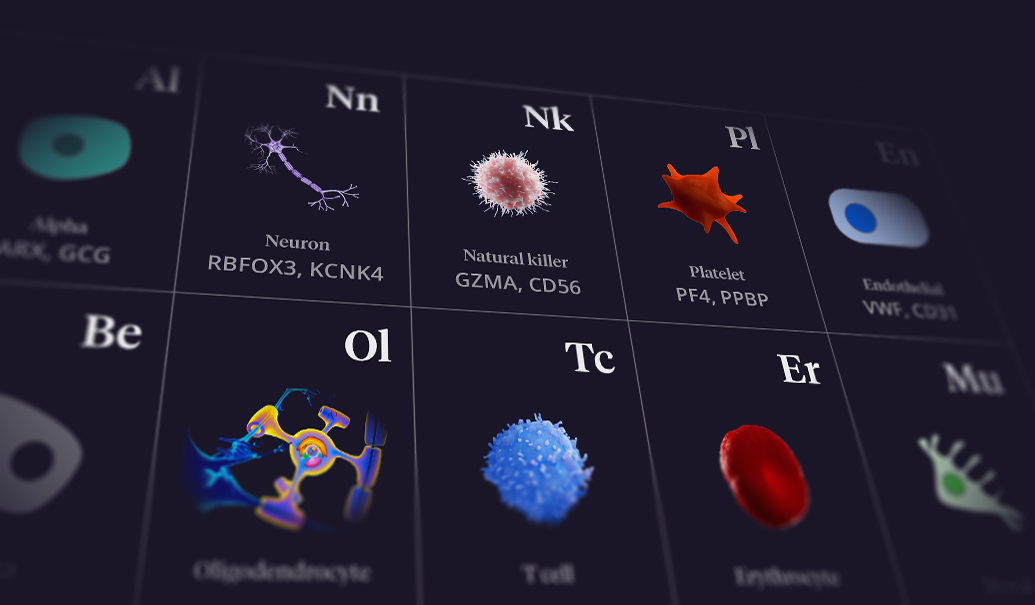ZS’s Clinical Feasibility Consortium members participated in a survey to benchmark their feasibility processes and data sources. Members also were asked about key performance indicators, stakeholders and challenges.
From the September 2020 survey, we found feasibility assessment processes generally could be segmented into five categories: indication and trial viability assessment; protocol design assessment; country and site selection; site activation assessment; and study and site tracking. Interestingly, not all pharma companies consistently perform each of these analyses within their clinical feasibility organizations—most notably site activation assessment and study and site tracking.
Currently, consortium member organizations hire people with skills and experience in analytics, communication, operations and strategic thinking. Looking ahead, they realize the proliferation of big data requires they bolster their teams with colleagues with expertise in artificial intelligence, big data, deep learning, machine learning and real-world data (RWD)/evidence.
With respect to data, in-house clinical trial management systems are used most widely, followed by trial- and site-level data management systems developed by DQS/DrugDev, Sitetrove and Trialtrove. These tools help pharma companies understand the competition and site/investigator performances.
RWD management systems such Clarivate and TriNetX, along with insurance claims and lab data, provide substantial input to the feasibility process, though they are not as popular as clinical trial data. This is because data challenges remain, whether the issue is completeness, scarcity or inconsistencies in the data itself.
Many of the consortium members stated their priority is to build better processes to clean up and utilize the data they have now. In parallel, members continue to look for omics data coming out of lab, electronic health records and high-quality data outside the U.S., EU5 and Japan, and cleaned-up site-level performance metrics.
We also found no consistent key performance indicators (KPI) to measure the accuracy and performance of a feasibility organization’s analytical work. The long duration of clinical trials and factors affecting the final decision that are out of the feasibility team’s control (e.g., COVID-19) create hurdles to constructing consistent KPIs.
The main stakeholders of the feasibility process span across multiple departments, including the study teams, clinical operations teams, regulatory teams and supply/delivery teams. For companies that outsource their operations, clinical research organizations serve as important process stakeholders. The most common type of communication with the stakeholders are electronic presentations and spreadsheets and Spotfire/Tableau dashboards.
Based on the insights coming out of the survey, we found it critical for the biopharma industry to continue competing for the best analytical and data science talent to manage various types of clinical data. Companies should work in collaboration with RWD partners to procure high-quality data outside the U.S., while stakeholder value proposition may provide more opportunities to use these RWD for future studies. As part of the next initiative of the consortium, we will develop standard KPIs that can be used to measure the performance of the feasibility process and make suggestions for continued improvement.
Add insights to your inbox
We’ll send you content you’ll want to read – and put to use.














